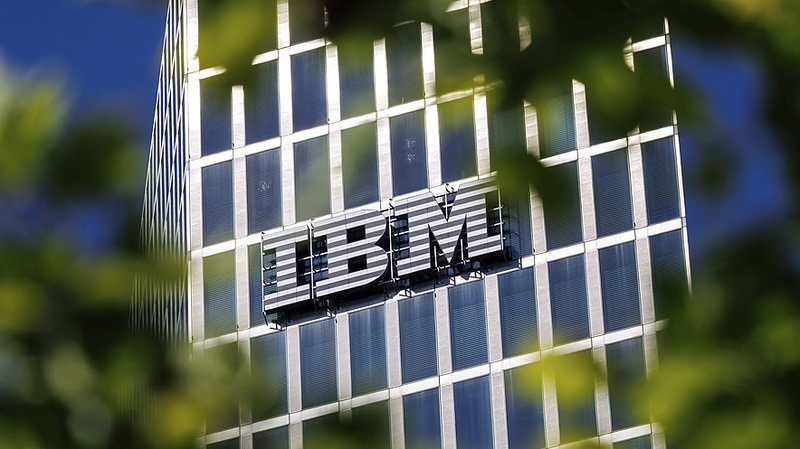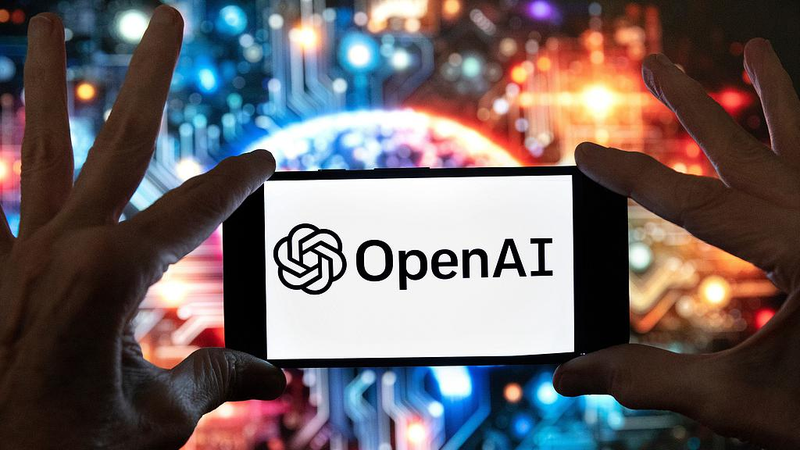IBM just hit a quantum computing high score: it ran its newly developed error correction algorithm on a widely available AMD field-programmable gate array (FPGA) chip. 🚀 This breakthrough is a big leap toward making quantum computers real-world ready – and a lot less wallet-draining than you might think.
Quantum computers rely on qubits to solve complex problems (think simulating trillions of atoms or cracking encryption) at speeds conventional machines can't match. But qubits are super sensitive and errors can pile up faster than you can say superposition. That's where error correction comes in: it's the magic glue that keeps the quantum party going.
Back in June, IBM unveiled an algorithm designed to detect and fix those pesky qubit mistakes on the fly. In a research paper set for publication Monday, the team shows it running the algorithm in real time on AMD's FPGA hardware. According to Jay Gambetta, IBM Research director, this isn't just a lab demo – the AMD chip is "not ridiculously expensive", and the implementation clocks in at ten times the speed required.
Why does this matter? For one, it brings us closer to IBM's roadmap: building the Starling quantum computer by 2029. More broadly, it signals that powerful quantum tech might soon break free from specialized labs into startups, universities, and even your favorite tech companies.
Whether you're a student geeking out over the next big thing, an entrepreneur scouting the future of computing, or just curious about how science is reshaping our world, IBM's AMD-powered quantum error correction is a story to watch. The quantum revolution is accelerating – and it's only getting started! ⚡️💡
Reference(s):
IBM: AMD chips can run quantum computing error correction algorithm
cgtn.com




